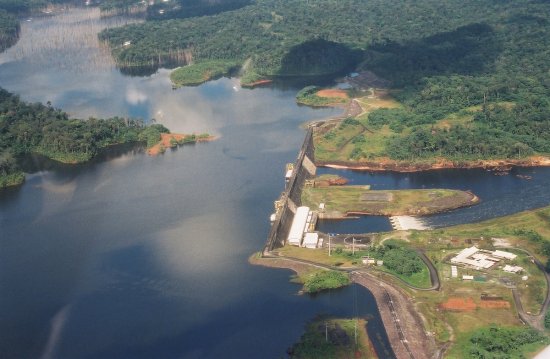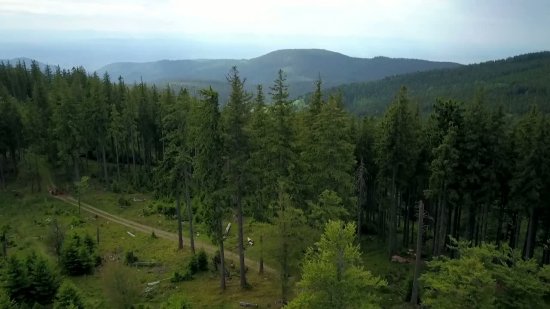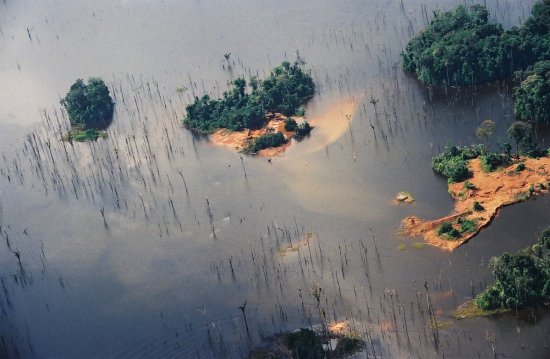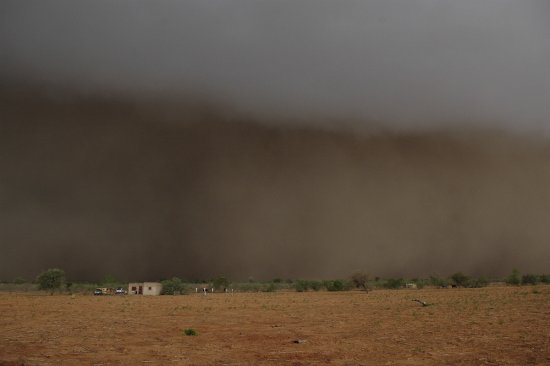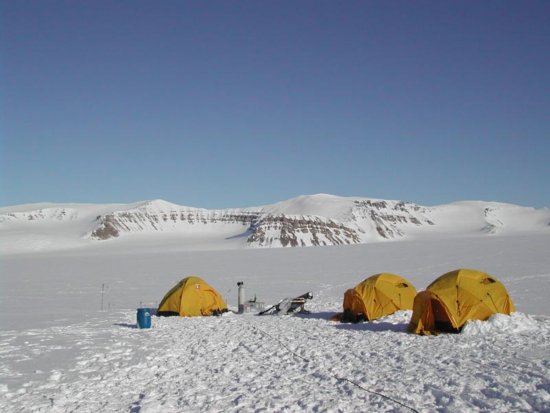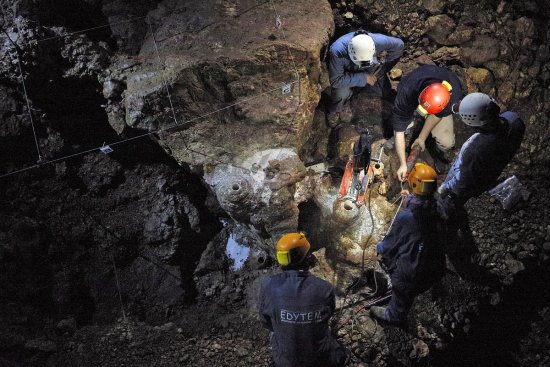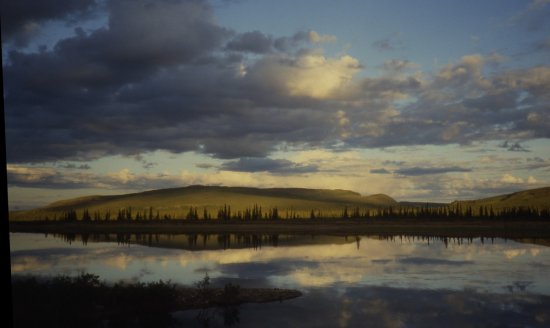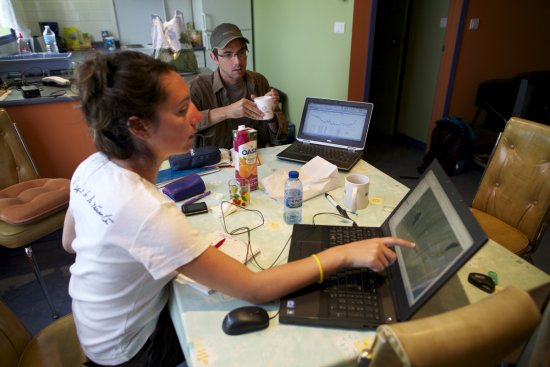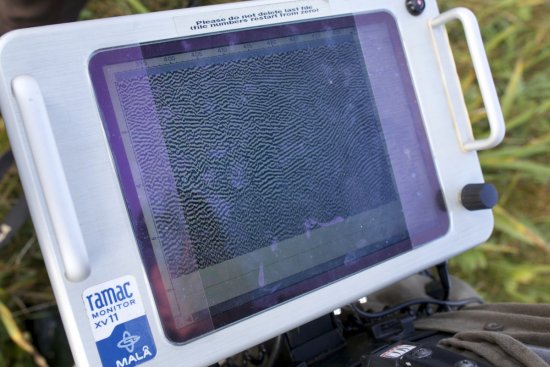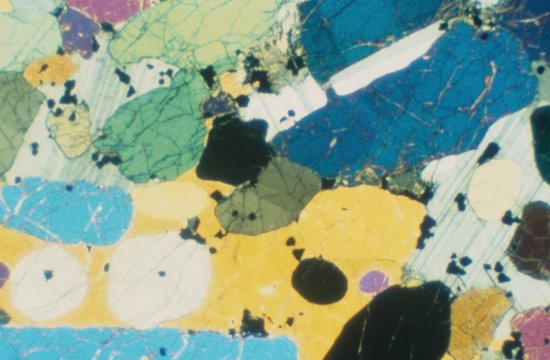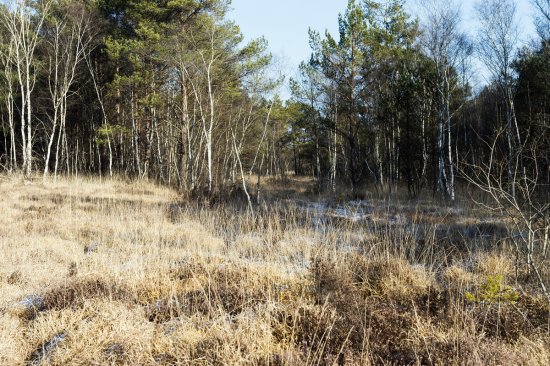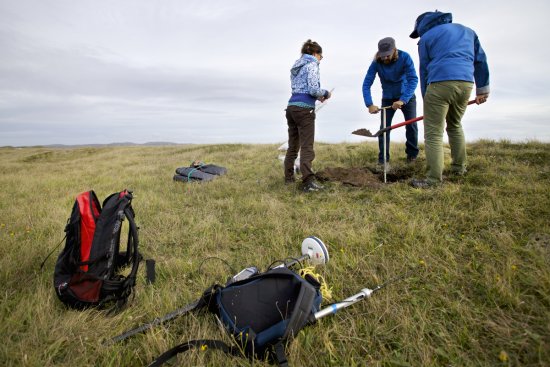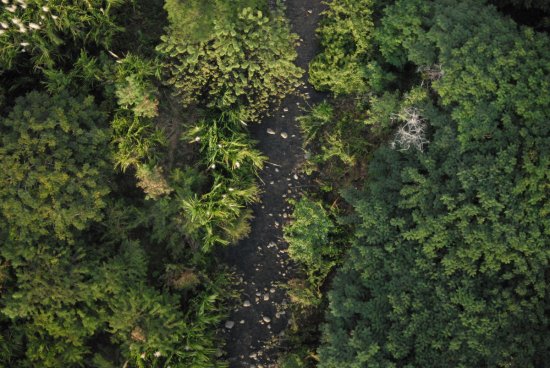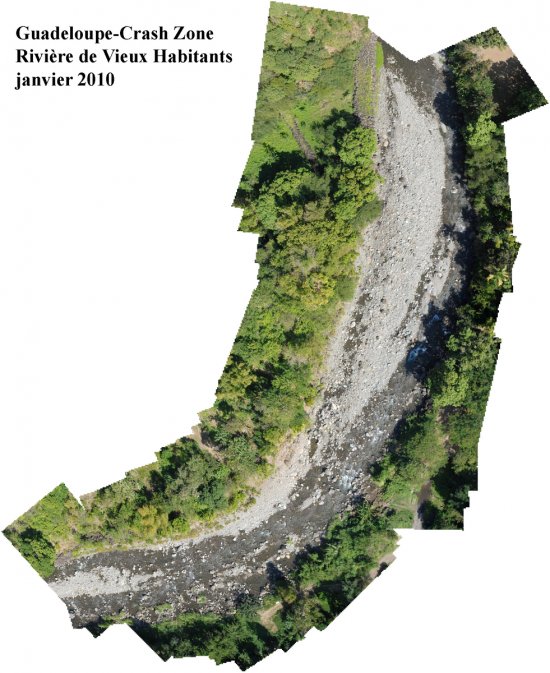Only available for non-commercial distribution
© CNRS - 2018
Reference
6450
A star scar
Two hundred million years ago, a meteorite crashed to Earth and formed a crater 20 kilometres in diameter, one of the largest in the world, in the heart of present-day French department Haute Vienne. Although the impact zone is today totally invisible to the naked eye, evidence of the cataclysm can be detected in the composition of the soil and by observing local relief.
Now home to the village of Rochechouart, this area is of particular interest to geophysicists. A thorough study of soils in particular by drilling at a depth of one hundred and twenty meters would advance research on meteors. More could also be learned on the possible role of meteorite falls in the appearance of life on Earth and on other planets.
Duration
Production year
Définition
Color
Sound
Version(s)
Original material
The use of media visible on the CNRS Images Platform can be granted on request. Any reproduction or representation is forbidden without prior authorization from CNRS Images (except for resources under Creative Commons license).
No modification of an image may be made without the prior consent of CNRS Images.
No use of an image for advertising purposes or distribution to a third party may be made without the prior agreement of CNRS Images.
For more information, please consult our general conditions
